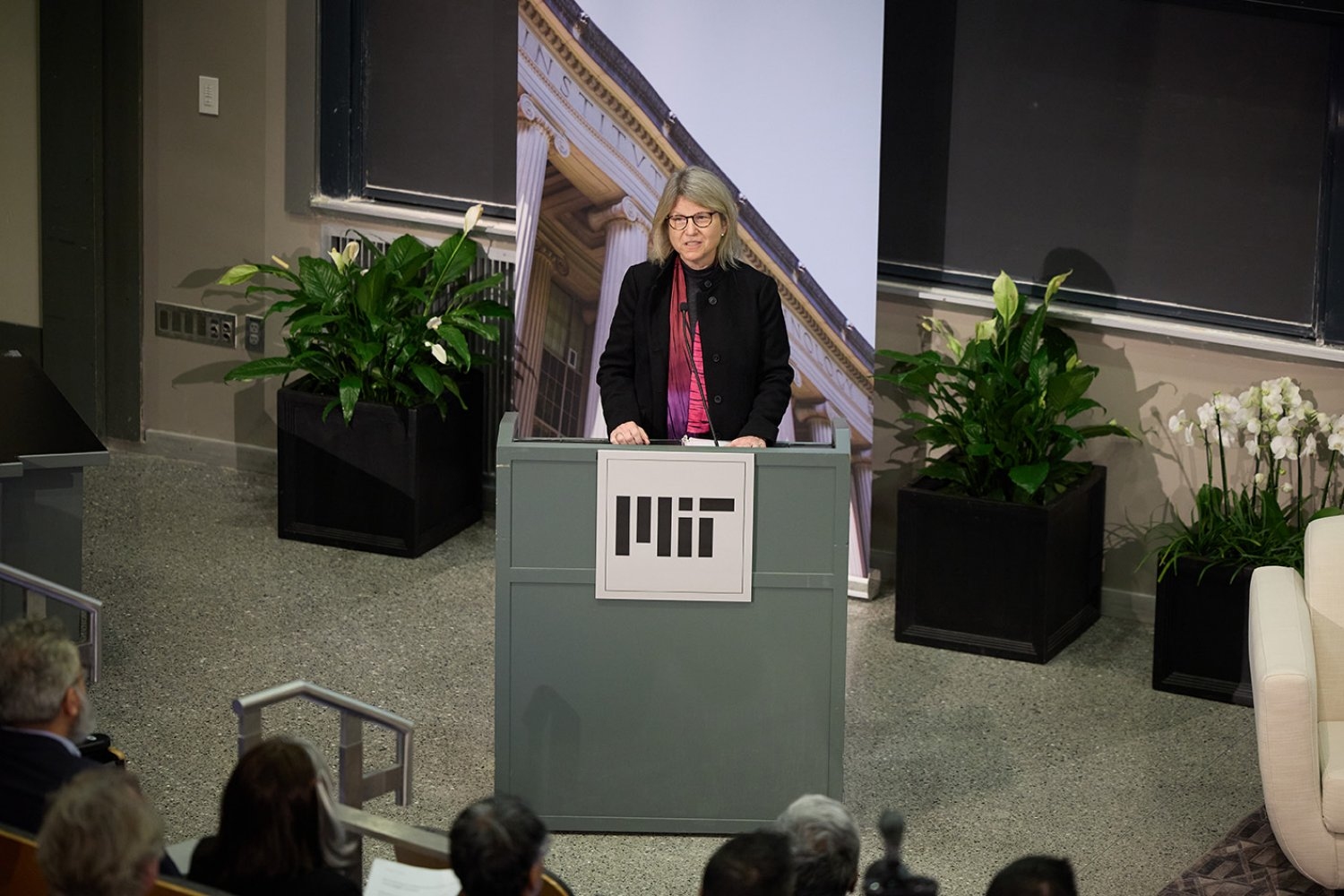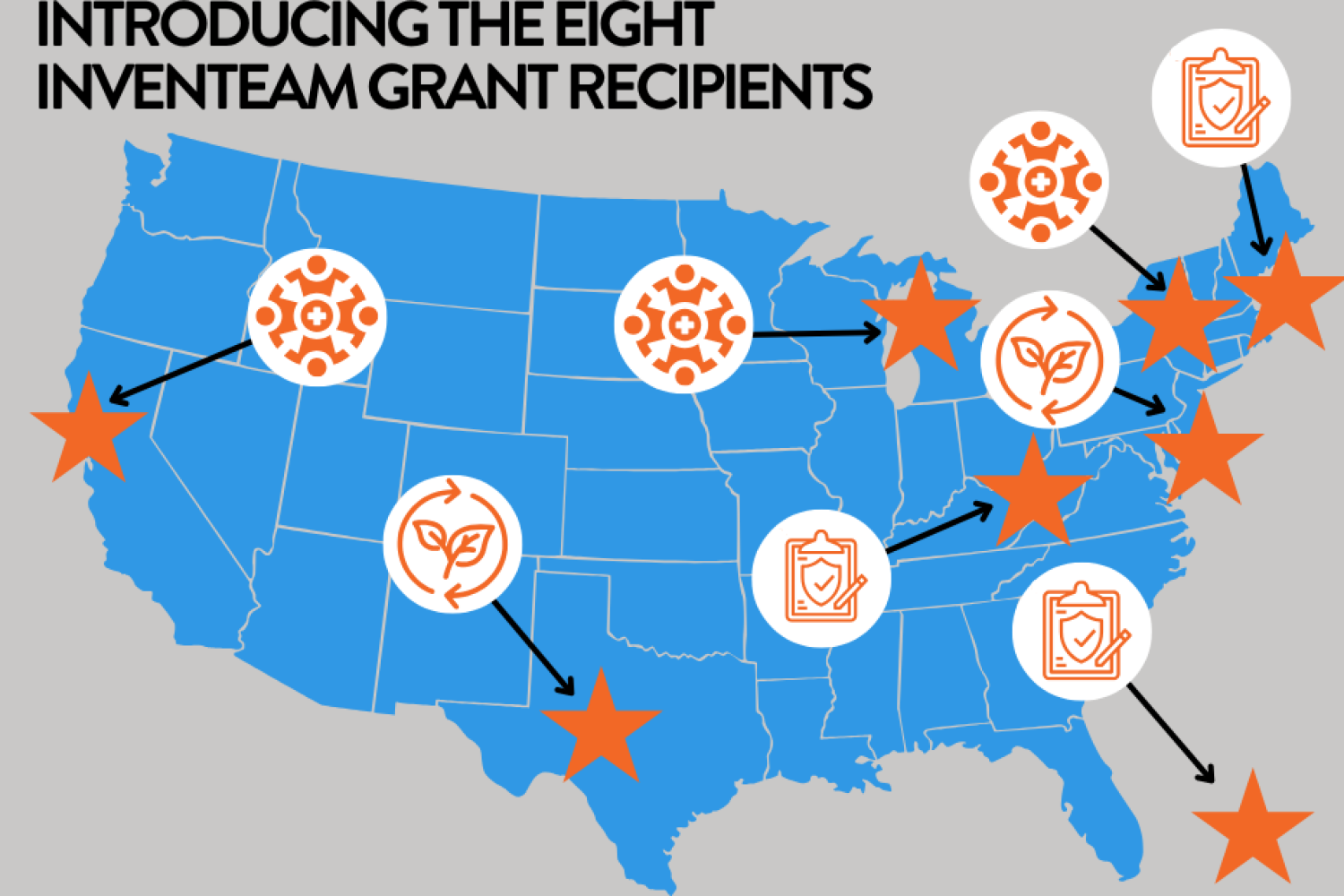As educators are challenged to balance student learning and well-being with planning authentic and relevant course materials, MIT pK-12 at Open Learning developed a framework that can help. The student-centered STEAM learning architecture, initially co-created for Itz’at STEAM Academy in Belize, now serves as a model for schools worldwide.
Three core pillars guide MIT pK-12’s vision for teaching and learning: social-emotional and cultural learning, transdisciplinary academics, and community engagement. Claudia Urrea, principal investigator for this project and senior associate director of MIT pK-12, says this innovative framework supports learners’ growth as engaged and self-directed students. Joining these efforts on the pK-12 team are Joe Diaz, program coordinator, and Emily Glass, senior learning innovation designer.
Now that Itz’at has completed its first academic year, the MIT pK-12 team reflects on how the STEAM learning architecture works in practice and how it could be adapted to other schools.
Q: Why would a new school need a STEAM learning architecture? How is this framework used?
Glass: In the case of Itz’at STEAM Academy, the school aims to prepare its students for careers and jobs of the future, recognizing that learners will be navigating an evolving global economy with significant technological changes. Since the local and global landscape will continue to evolve over time, in order to stay innovative, the STEAM learning architecture serves as a reference document for the school to reflect, iterate, and improve its program. Learners will need to think critically, solve large problems, embrace creativity, and utilize digital technologies and tools to their benefit.
Q: How do you begin developing a school from scratch?
Urrea: To build a school that reflected local values and aspired towards global goals, our team knew we needed a deep understanding of the strengths and needs of Belize’s larger education ecosystem and culture. We collaborated with Belize's Ministry of Education, Culture, Science, and Technology, as well as the newly hired Itz’at staff.
Next, we conducted an extensive review of research, drawing from MIT pK-12’s own work and outside academic studies on competency-based education, constructionism, and other foundational pedagogies. We gathered best practices of innovative schools through interviews and global site visits.
MIT’s collective team experience included the creation of schools for the NuVuX network, constructionist pedagogical research and practice, and the development of STEAM-focused educational materials for both formal and informal learning environments.
Q: Why was co-creation important for this process?
Urrea: MIT pK-12 could not imagine doing this project without strong co-creation. Everyone involved has their own expertise and understanding of what works best for learners and educators, and collaborating ensures that all stakeholders have a voice in the school’s pedagogy. We co-designed an innovative framework that’s relevant to Belize.
However, there’s no one-size-fits-all pedagogy that will be successful in every context. This framework allows educators to adapt their approaches. The school and the ministry can sustain Itz’at’s experimental nature with continual reflection, iteration, and improvement.
Q: What was the reasoning behind the framework’s core pillars?
Glass: MIT pK-12 found that many successful schools had strong social-emotional support, specific approaches to academics, and reciprocal relationships with their surrounding communities.
We tailored each core pillar to Itz’at. To better support learners’ social-emotional well-being, Belizean cultural identity is an essential part of the learning needed to anchor this project locally. A transdisciplinary approach most clearly aligns with the school’s focus on the United Nations Sustainable Development Goals, encouraging learners to ask big questions facing the world today. And to engage learners in real-world learning experiences, the school coordinates internships with the local community.
Q: Which areas of learning science research were most significant to the STEAM architecture? How does this pedagogy differ from Itz’at educators’ previous experiences?
Urrea: Learning at the Itz'at STEAM Academy focuses on authentic learning experiences and concrete evidence of concept mastery. Educators say that this is different from other schools in Belize, where conventional grading is based on rote memorization in isolated academic subjects.
Together as a team, Itz’at educators shifted their teaching to follow the foundational principles from the STEAM learning architecture, both bringing in their own experiences and implementing new practices.
Glass: Itz’at’s competency-based approach promotes a more holistic educational experience. Instead of traditional subjects like science, history, math, and language arts, Itz’at classes cover sustainable environments, global humanities, qualitative reasoning, arts and fabrication, healthy living, and real-world learning. Combining disciplines in multiple ways allows learners to draw stronger connections between different subjects.
Diaz: When the curriculum is relevant to learners’ lives, learners can also more easily connect what happens inside and outside of the classroom. Itz’at educators embraced bringing in experts from the local community to enrich learning experiences.
Q: How does the curriculum support learners with career preparation?
Diaz: To ensure learners can transition smoothly from school to the workforce, Itz’at offers exposure to potential careers early in their journey. Internships with local businesses, community organizations, and government agencies provide learners with real-world experience in professional environments.
Students begin preparing for internships in their second year and attend seminars in their third year. By their fourth and final year, they are expected to begin internships and capstone projects that demonstrate academic rigor, innovative thinking, and mastery of concepts, topics, and skills of their choosing.
Q: What do you hope the impact of the STEAM architecture will be?
Glass: Our hope is that the STEAM learning architecture will serve as a resource for educators, school administrators, policymakers, and researchers beyond Belize. This framework can help educational practitioners respond to critical challenges, including preparation for life and careers, thinking beyond short-term outcomes, learners’ mental health and well-being, and more.

 9 hours ago
14
9 hours ago
14


